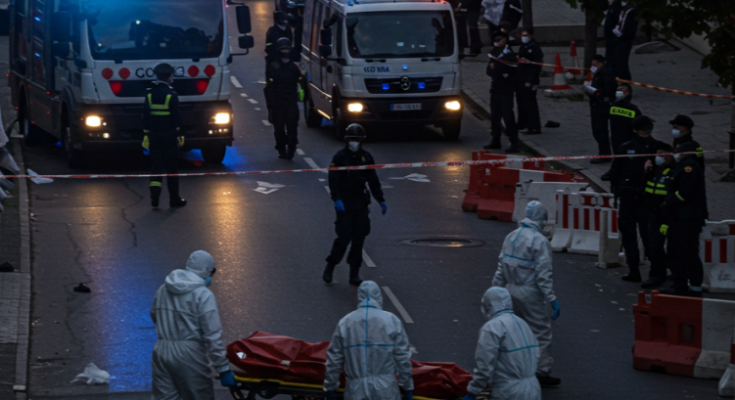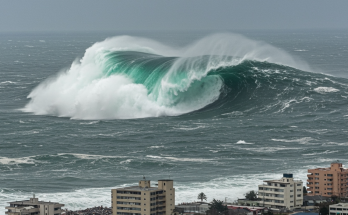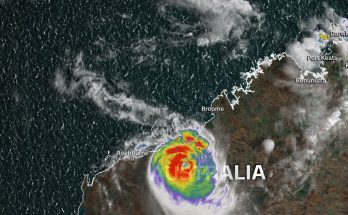This methodical, silent process is a critical phase following a mass casualty incident, especially when the nature of the event necessitates precautions against biological, chemical, or other unknown contaminants. The hazmat suits, designed to shield responders from potential threats, also serve as a visual representation of the unseen dangers present and the extreme care required in these operations. Each movement is deliberate, reflecting rigorous training and an understanding of the immense responsibility at hand.
Responding to the Unthinkable
A mass casualty event overwhelms local resources and triggers a multi-agency response. Beyond immediate rescue and medical aid, the recovery and identification of victims become a painstaking process. Emergency workers, including law enforcement, medical personnel, and specialized recovery teams, work together under challenging conditions. The use of hazmat suits underscores the potential complexities and risks involved, demanding a high level of discipline and adherence to safety protocols.
Transporting multiple bodies requires coordination, respect, and efficiency. Down deserted streets, under the watchful eyes of remaining personnel and perhaps a stunned public kept at a distance, these teams move with quiet purpose. The scene is a powerful, albeit heartbreaking, testament to the dedication of those who run towards danger and handle the most difficult aspects of human tragedy.
While the immediate crisis phase may have passed, the aftermath is long and arduous. The work performed by these hazmat-suited teams is a vital step in the process of recovery, investigation, and ultimately, providing closure for affected families and the community. Their presence, though visually unsettling, represents professionalism and resilience in the face of profound loss.


